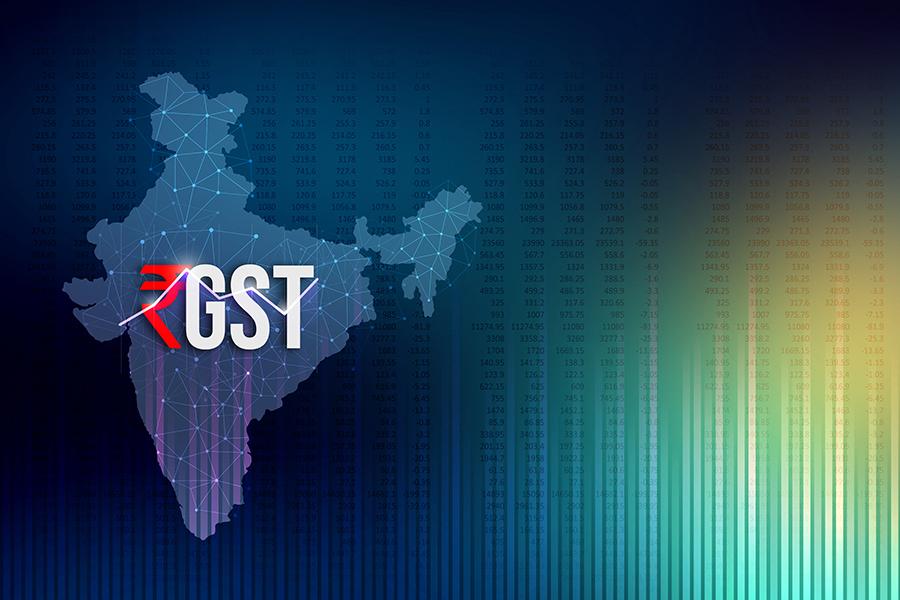
New GST Rates 2025: What’s Cheaper and What’s Costlier — From Soaps to Small Cars

 :
| Updated On: 04-Sep-2025 @ 11:37 am
:
| Updated On: 04-Sep-2025 @ 11:37 amSHARE
The GST Council, in a significant reform-oriented decision, approved a new two-tier rate structure of 5% and 18%, set to be implemented from September 22. Announcing the decision at a late-night press briefing, Finance Minister Nirmala Sitharaman said the changes were designed to focus on the main drivers of the Indian economy while ensuring structural reforms. She emphasized that GST rates on many commonly used items had been reduced, and all decisions were taken unanimously, with no opposition from any state.
What Gets Cheaper
Daily essentials: Items such as hair oil, soaps, shampoo, toothpaste, toothbrush, shaving cream, and bicycles will now attract only 5% GST instead of the earlier 12–18%. Dairy products like butter, ghee, cheese, and spreads will also fall into the 5% category.
Food items: Essential foods like roti and paratha will now be completely exempt from GST, taxed at nil rate.
Healthcare: Life-saving cancer drugs are exempted from GST, while corrective spectacles will see their tax rate fall from 12% to 5%. Additionally, individual health and life insurance policies will now be fully exempt, making insurance more accessible.
Education: To encourage affordable education, maps, charts, globes, exercise books, and notebooks have been exempted from GST, shifting from 12% to nil.
Agriculture: Tractors, drip irrigation systems, and sprinklers will see their tax rate reduced from 12% to 5%, providing relief to farmers and boosting the agriculture sector.
Consumer goods and electronics: All television sets, irrespective of size, will now be taxed at 18%. This brings down rates on smaller models which were earlier taxed at higher slabs. Similarly, air conditioners, which were previously taxed at 28%, will now attract 18%.
Handicrafts and construction materials: Items such as handicrafts, marbles, and granite blocks will now be taxed at 5%, reducing costs for artisans and construction sectors.
What Gets Costlier
Automobiles: While small cars (not exceeding 1200cc and 4000mm) and motorcycles up to 350cc will see their GST rate brought down from 28% to 18%, their effective tax remains high compared to essentials. Additionally, all automobile parts will now be taxed at 18%, leading to costlier vehicle maintenance.
Luxury and sin goods: Motorcycles above 350cc and aircraft for personal use will attract a steep 40% GST, targeting luxury consumption.
Tobacco products: Pan masala, cigarettes, and tobacco items will also be taxed at 40%. Cigarettes will continue under 28% GST plus compensation cess until existing loans are repaid.
Sugary drinks: Aerated beverages with added sugar will now fall under the 40% GST slab, making them significantly more expensive.
Fiscal Impact and Benefits
Revenue Secretary Arvind Shrivastava estimated the revenue impact of these reforms at ₹48,000 crore. However, he expressed confidence that buoyant tax collections would ensure the reforms remain fiscally sustainable.
Prime Minister Narendra Modi described the reforms as a major collective step aimed at promoting the “ease of living and ease of doing business.” He stressed that the simplified tax structure would directly benefit farmers, micro, small and medium enterprises (MSMEs), the middle class, women, and youth. Furthermore, the changes are expected to create a more business-friendly environment for small traders by reducing compliance complexity.
Conclusion
The GST Council’s restructuring marks a major shift toward rationalizing indirect taxes, simplifying the structure, and easing the burden on essential goods while placing higher taxes on luxury and sin goods. By lowering rates on everyday items like food, healthcare, insurance, and education, and at the same time raising levies on products seen as harmful or luxury-driven, the reforms aim to strike a balance between consumer welfare and fiscal prudence.